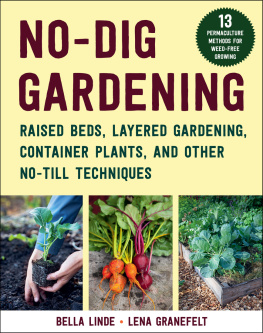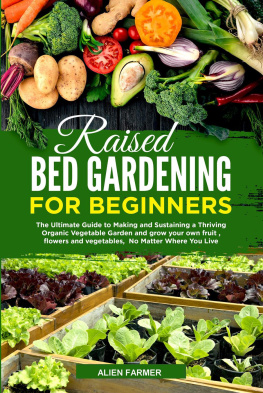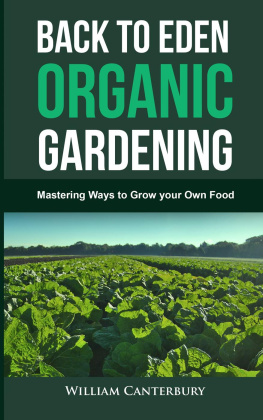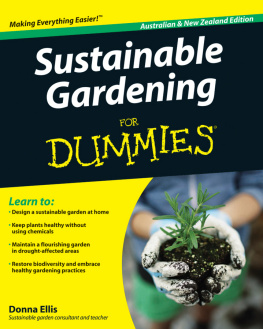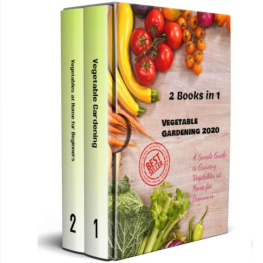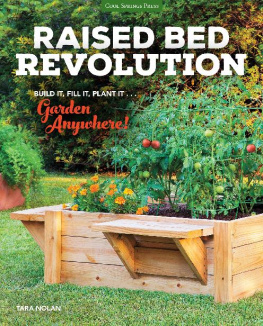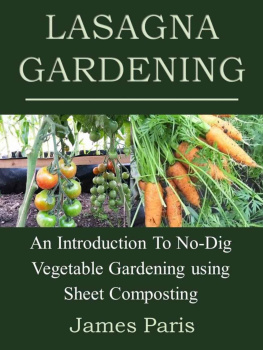
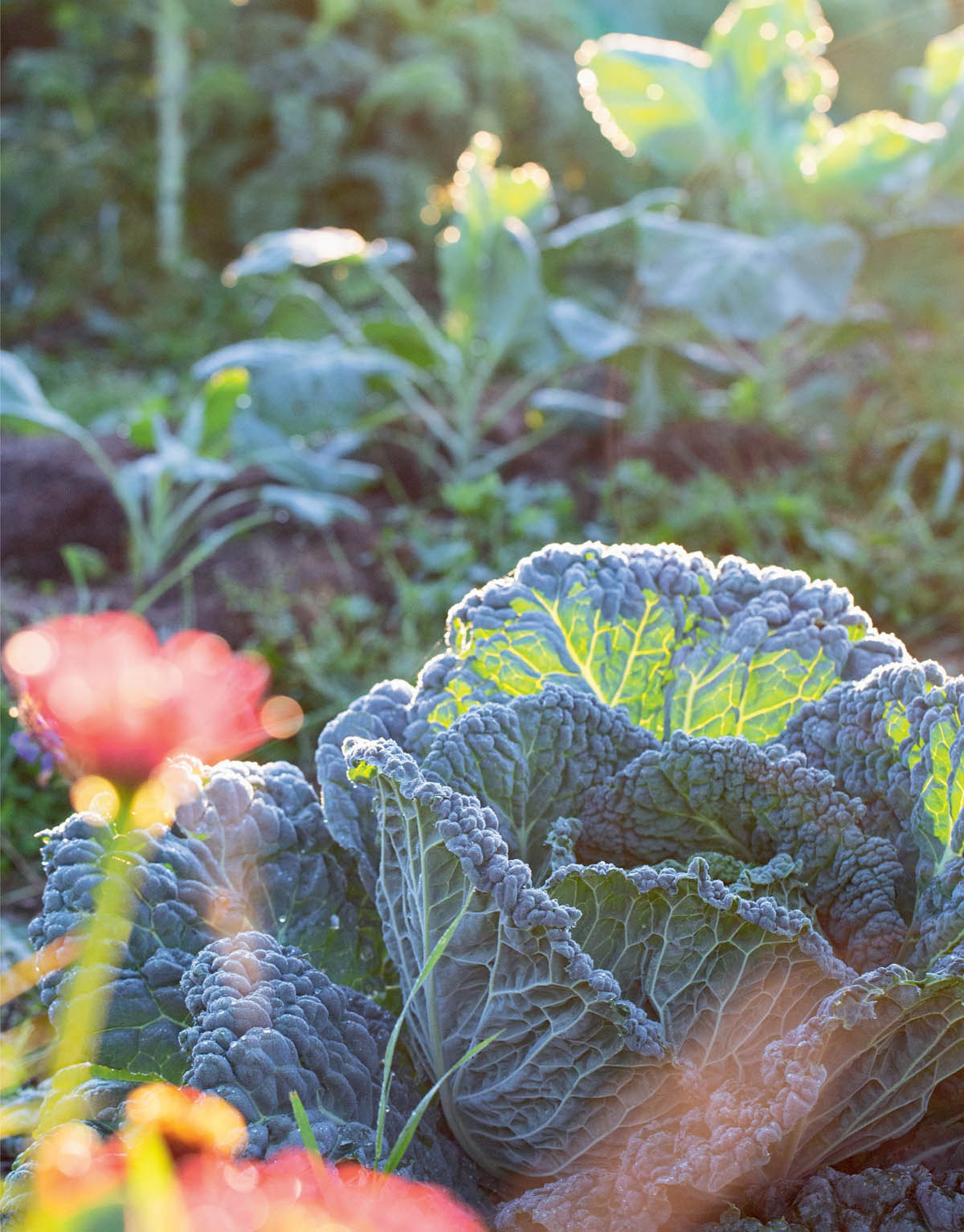
Copyright 2022 by Bella Linde
Originally published in Swedish by Ordfront in 2021.
English translation by Gun Penhoat
Photos by Lena Granefelt, except photo on .
All rights reserved. No part of this book may be reproduced in any manner without the express written consent of the publisher, except in the case of brief excerpts in critical reviews or articles. All inquiries should be addressed to Skyhorse Publishing, 307 West 36th Street, 11th Floor, New York, NY 10018.
Skyhorse Publishing books may be purchased in bulk at special discounts for sales promotion, corporate gifts, fund-raising, or educational purposes. Special editions can also be created to specifications. For details, contact the Special Sales Department, Skyhorse Publishing, 307 West 36th Street, 11th Floor, New York, NY 10018 or .
Skyhorse and Skyhorse Publishing are registered trademarks of Skyhorse Publishing, Inc., a Delaware corporation.
Visit our website at www.skyhorsepublishing.com.
10 9 8 7 6 5 4 3 2 1
Library of Congress Cataloging-in-Publication Data is available on file.
Cover design by David Ter-Avanesyan
Cover images by Lena Granefelt
Print ISBN: 978-1-5107-6904-5
Ebook ISBN: 978-1-5107-7047-8
Printed in China

CONTENTS
FOREWORD
It is possible to garden without a spade.
I didnt quite believe my ears when I first heard about people gardening without digging the soil. Truth be told, I didnt think they were all there! It was evident to me that the garden tool shed ought to have at least one spade, and that a cultivated garden bed had to be dug both in the fall and spring. Thats what I believed.
Nevertheless, the No-Dig idea did pique my interest. A combination of laziness and a constant hunger for knowledge, vegetables, and flowers made me head into the No-Dig gardening world. Such adventures waited for me! Crop failure, composting accidents, and horse manure incidents... to aha-moments, donated silage bales, cheering, and fantastic harvests! I was hooked!
Dig-free cultivating, which is known in everyday language as both No-Dig gardening and cover crop gardening, helps me produce vegetables and flowers today without having to lift one single shovelful of dirt. In addition to not being obligated to dig, the natural soil life is allowed to work in peace and establish the natural nutritional framework, which just about makes fertilizing redundant. Garden soil that is always covered maintains even levels of carbon. Furthermore, when I dont rummage around in the earth, carbon dioxide emissions are reduced. This makes both me and the method pretty climate smart.
Using the No-Dig method hasnt just been kind to my back, the environment, and my pocketbook; it has given me the pleasure of getting to know lots of interesting people, garden beds, and compost heaps.
I have talked to No-Dig gardeners all over the country, interviewed soil producers, and tormented experts with my never-ending questions. Communal composting facilities have been scrutinized, and cover crop material was ferreted around in. I visited with Brje Remstam, the Swedish Cover Crop King, in his hometown, Eskilstuna. Remstam hasnt gripped a spade since 1979. Books, blogs, and YouTube videos gave me loads of inspiration. A course with the No-Dig master Charles Dowding in Somerset, undoubtedly the most beautiful part of England, removed any lingering hesitation. Ill never buy another spade!
From Sdermanland, Sweden,
during full gardening season,
Bella Linde
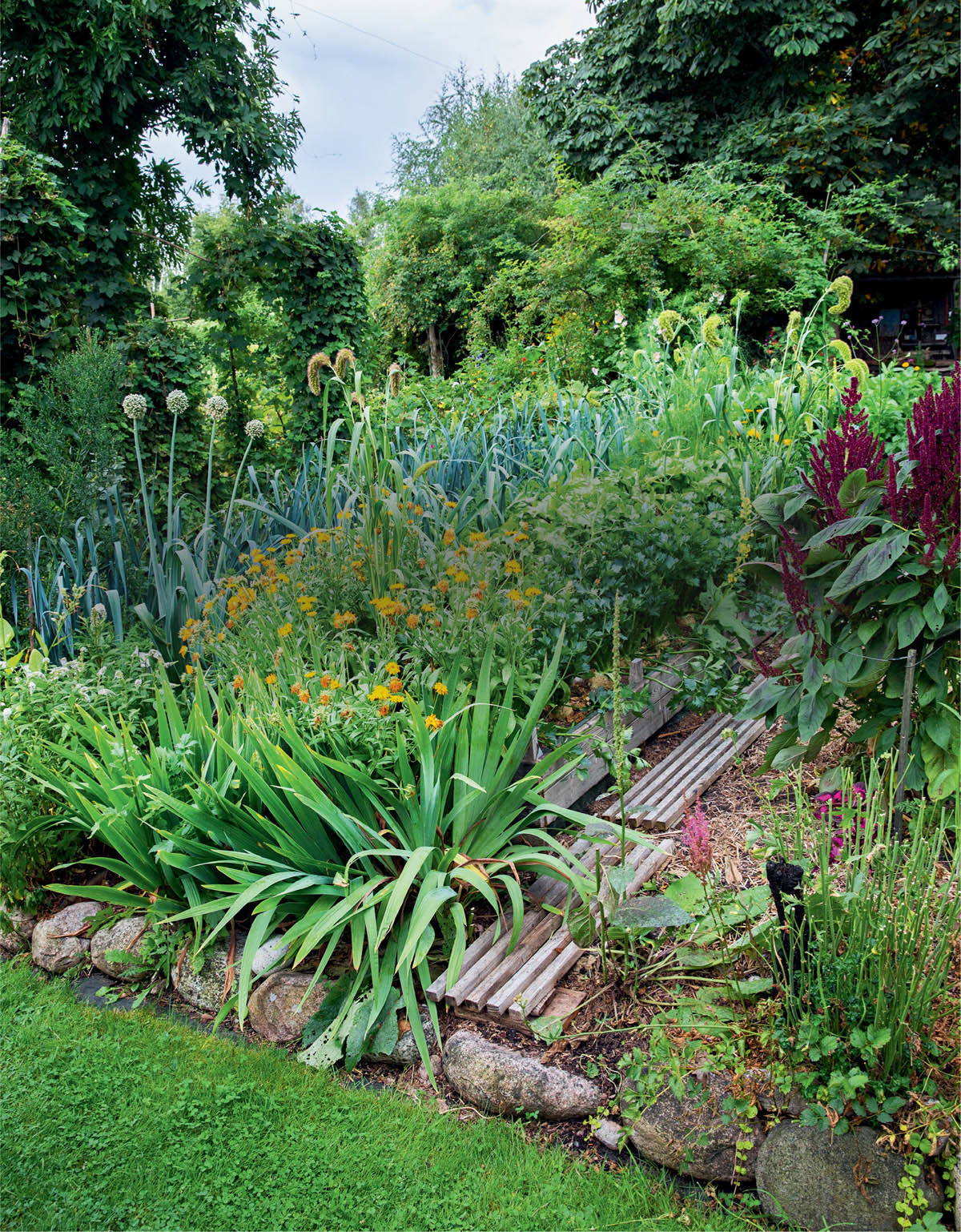
NO-DIG GARDENINGTHIS IS HOW ITS DONE
To garden without first digging is just as easy as it sounds. The method is simple: you dont turn the soil over. The soil is also never left bare, rather its replenished with layers of compost or covered with organic plant material. This cover helps the bed retain moisture and protects it against weather, wind, and nasty weeds. It also adds humus elements that make the soil both nutrient-rich and porous.
No-Dig gardening is not only about not disturbing the soil, its also about adding new soil and humus in the form of composted or non-decomposed organic plant matter.
Put away the spade
Most people associate gardening with digging. We shift tons of dirt to aerate and loosen it; dig down manure and harvest plant debris; till weeds into the dark and uproot germinating weeds to kill them off. Its a Sisyphean task performed every fall and spring, accompanied by sweat and sore backs. Now this is totally unnecessary, and in fact, directly harmful.
The problem with digging is that it destroys the soil structure. First, the worms and small insects worked like mad to create humus and make tunnels for oxygen and water. Then, microorganisms freed up nutrition and wove together a subterranean network which, together with the plants, created a healthy growing environmentand then you arrive with a spade and turn it all upside down. Undesirably, carbon dioxide is also released when you dig. Admittedly, it might have a marginal effect on the carbon level in the ground... but still.
In short, the result of a No-Dig and a mulched/cover crop garden is that all the millions of microorganisms, worms, and other small crawlies living in the soil can work undisturbed. When the soil organisms infrastructure is left in peace they can break down nutrients from organic and inorganic materials at a natural pace, transmitting them to hungry plants. This is profitable, not least for fungi. Its especially beneficial for mycelium which, in exchange for carbohydrates, transmits nutrients to plant roots. These roots are actually wrecked when you cut through the soil with your spade.
Gardeners have certainly dug soil through the ages with, admittedly, productive results. Im not saying digging doesnt work. However, what is so good with No-Dig gardens is they can grow bigger and healthier crops than the dug ones. The British grower Charles Dowding proves this by, for example, regularly growing identical crops in both dug and non-dug soil. He has shown time after time the same result: crops grow well in dug soil, but even better in non-dug soil. By refusing to dig youre being kind toward both your body and the environmentand youre rewarded with healthy and fertile soil.
Never ever leave the soil bare
A vital detail of the No-Dig method is that you never, ever, leave the soil bare. This replicates how the ground looks out in nature. Nobody goes out there raking leaves or weeding. Fallen leaves, grasses, branches, and other plant matter provide a protective cover, and with the help of busy soil organisms, its all converted into nutrient-rich humus. The roots of withered plants stay in the ground where they leave tunnels for oxygen and water, all the while decomposing into humus and nutrition.
If the garden beds are given compost or non-decayed organic matter regularly, the organisms in the soil get something to work with, converting it to humus and nutrients. The process gives the soil a balanced pH, which reduces the risk for diseases. When the microorganisms get hold of the cover material the result is a soil with a stronger immune system.
Next page
